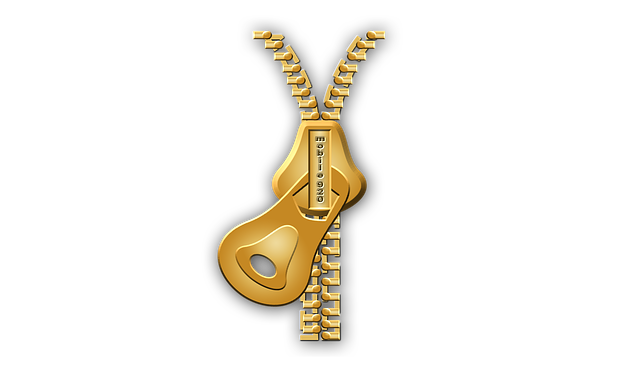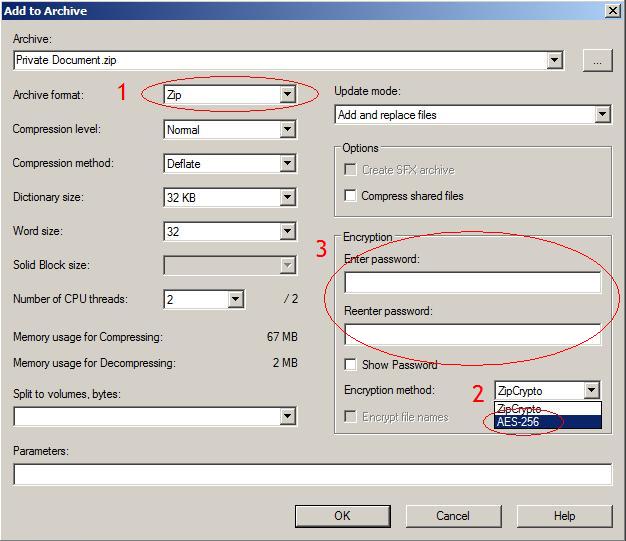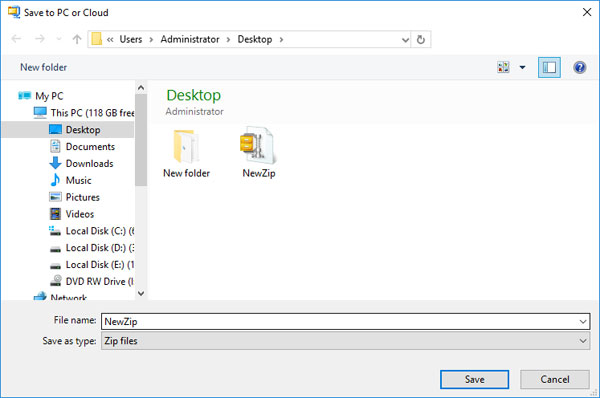

This kind of encryption is a good first line of defense in case of theft. To use a device with an encrypted hard drive you would need to enter the password or key when you logged on, or nothing on the disk would be accessible. Hard drive or disk encryption protects the entire drive at once. Note that storing a file in an encrypted folder doesn't prevent you from also encrypting files individually. Give Sally only the password for her folder, and Jimmy only the password for his, and each can have their own private space on the same device.

For example, you could create a different encrypted folder for each member of your family. Passwords or keys are assigned to the folder, not individual files.įolder encryption is a great organizational tool.

This approach involves encrypting everything that is stored in a folder. You can also encrypt individual Microsoft Office files from within their apps, although this is better suited to casual person use than protection against serious adversaries. Windows 10 users can encrypt individual files using a tool like 7-zip. Individual file encryption is great for files you plan to share or store in the cloud. Now let's talk about when to use the three types of encryption that you can use:Īs the name implies, individual file encryption refers to encrypting one file at a time. At the very least send it via a different email service than the one you will use for the file.

Ideally give them the password over the telephone, a secure messaging app like Signal or Wickr Me. For example, if you plan to email them the file, it would be a big security risk to also email them the password.


 0 kommentar(er)
0 kommentar(er)
